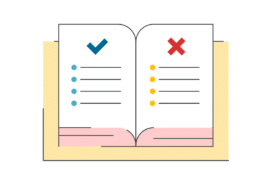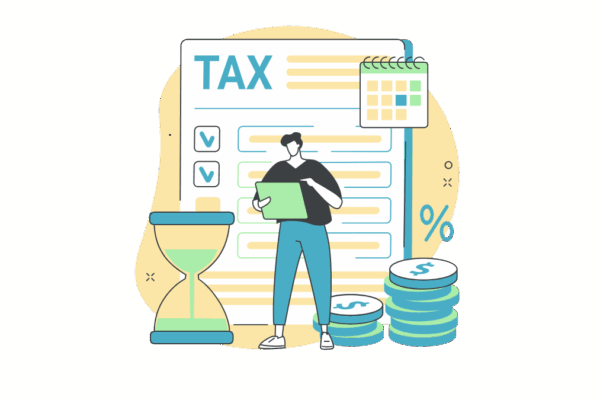How super works
Employer superannuation contributions have been a legal right since July 1992 for most employees, but the system is increasingly complex and hard to navigate. Rules seem to be ever-changing, but knowing how to use them to your advantage can help secure the retirement of your choosing.
This section contains all the information you need to navigate the basics of superannuation, from contributions to withdrawals. You will also find information on special topics, including gender and relationship issues, employer obligations and super for the self-employed.







